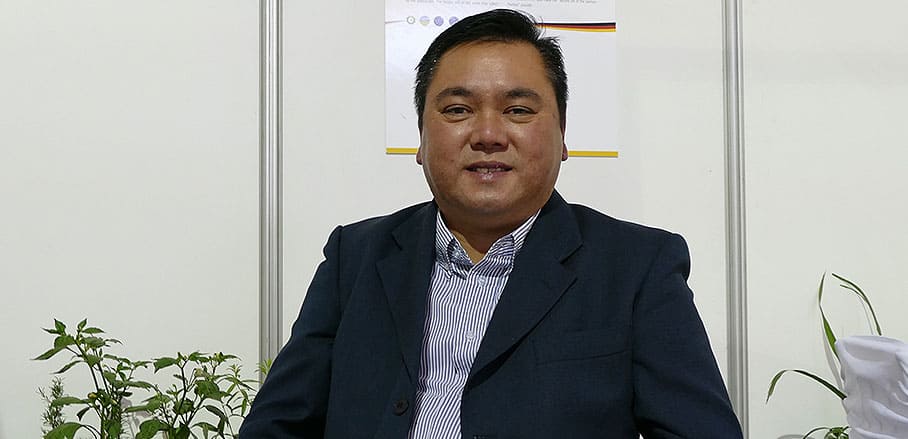“Local governments are better equipped” – An interview with John Bongat, mayor of Naga City
John Bongat is the mayor of Naga City in the Philippines, one of the most disaster-prone cities in the world. URBANET talked to him about how he attempts to make Naga City more livable.
Naga City has been added to the list of the world’s ten most disaster prone cities. How does the city cope with that? How does it still stay resilient?
Naga city is right next to the Bikol river. When it overflows, it is an imminent danger to the city. As a precaution, we have already built a bank revetment around our river so that even during the most recent typhoon the river did not overflow, although it rose unusually high. That’s one of the infrastructure projects that we have undertaken to be able to make our city disaster resilient – with the help of the national government, of course. Apart from that, we have also come up with a plan for an integrated drainage system during storms. We are slowly but surely building connecting drainages in the lower and flood-prone parts of the city to prevent flooding during times of heavy rainfall.
I also issued an executive order to implement the Naga City Flood Mitigation Board and the Naga City Waterways Management Council which are now managing the flow of water in our city. They also guide the City Engineer’s office and the Naga City Disaster Risk Reduction and Management Office in preparing the infrastructure and drainage system for disaster.
How do you make sure that very vulnerable groups like homeless people or people living on the outskirts of the city are included in those measures?
During my second term as mayor of Naga, we relocated 250 families living along the river to safer areas in the last three years. As for other informal settlers, we have formulated a programme to implement poverty alleviation projects in areas where there are informal settlers. We have already surveyed the city and we have identified certain communities that we will prioritise in this programme.
The programme will first of all address the sanitation needs of the residents. Secondly, it will address the need for potable water for those who do not have access yet. Thirdly, it will address the opportunities of earning a livelihood, and lastly the city government will provide sanitation and health measures.
So we’ll be addressing the poorest of the poor. We’ll be spending more money on them to make an impact even faster. On top of that, we have also embarked on a programme that will take care of their health care needs. So if they are hospitalised, the city will be paying for their hospital bills – if they are enrolled in this particular programme.
Are cities and regional governments actually working together in the Philippines to develop solutions to make cities more livable?
Well, one such project is the requirement for good local governance. The national government under the Pinoy administration required local governments to comply with certain laws, for example with financial housekeeping, with environmental compliance laws, social protection laws and so on and so forth. In the same way the national government was able to address the issues of the Millennium Development Goals and now the Sustainable Development Goals, and poverty alleviation.
How is resource management organised in Naga City?
First of all through participatory governance; the people are consulted through the Naga City People’s Council. Before a Barangay (the lowest level of local governance in the Philippines) budget is approved, it should be scrutinised by the Barangay people’s council, which is made up of members from CSOs, Non-governmental organisations and people’s organisations based in the Barangay. Then at the city level we have the Naga City People’s Council.
In addition to that we have mainstreamed a lot of programmes in local development planning like gender development, a mandatory calamity fund, automatic appropriation for senior citizens, persons with disabilities, single parents and so on and so forth. These are the local mechanisms that are in place to address such issues.
Are local governments better equipped to deal with resource management in the region than national governments and if so, why?
I would think that local governments are better equipped because there is no fixed formula for sustainable development for every local government in the entire country due to changing variables and factors. Some have a higher budget, some have a lower one; some are flood-prone, some are not; some are not consultative, some are, and so on and so forth.
So there are many variables that are varying from city to city, and no fixed formula imposed by the national government would be able to solve all their issues. One idea would be for the national government to increase the Internal Revenue Allotment, or the subsidy, or the share in the income taxes for local governments instead of allocating 80 percent to the national government. I would instead propose that a bigger percentage of subsidies be given to the local governments so that they can manage and identify specific problems individually and find appropriate solutions. That way, the government money will be used in an arguably more effective way.
